

When Alessandro Orsini and Nick Roseboro teamed up to lead Architensions, it was, as Alessandro describes, a “sort of a re-birth” for the architectural design studio. Since then, the Brooklyn- and Rome-based practice has been committed to exploring ideas that challenge “the paradigm of architecture as a financial tool” by putting human-driven design at the center of all their work.
In this Studio Snapshot, Alessandro and Nick thoughtfully reflect on their journey and what they've learned, from the ongoing process of evaluating their identity as a practice, to the importance of agency and social responsibility in the architectural field, to the thrill of getting to design an art installation for Coachella 2020.
Where did you study architecture and how did you two meet?
Alessandro: I studied architecture in Rome at Roma Tre University and then in New York at The Graduate School of Architecture, Planning and Preservation at Columbia University (GSAPP) as a visiting scholar. Nick and I met in January 2013 while working on an editorial project. I consider it a sort of a re-birth of the practice.
Nick: At the time we met to work on an editorial project, my background was in music and graphic design. In the past, I had worked on exhibitions and publications for an architecture & design photographer. It piqued my interest in architecture and made it easy to go beyond the editorial project. Architensions was selected for a small competition that I agreed to lead and we got shortlisted. It was the beginning of an ongoing journey that allowed me to learn and challenge myself.
How many people are in your practice?
Alessandro/Nick: We are four at the moment. In the last couple of years the office has expanded and contracted depending on the workload.
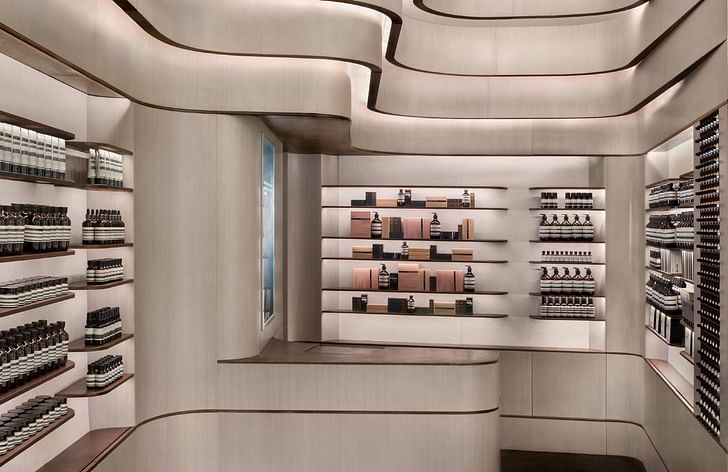
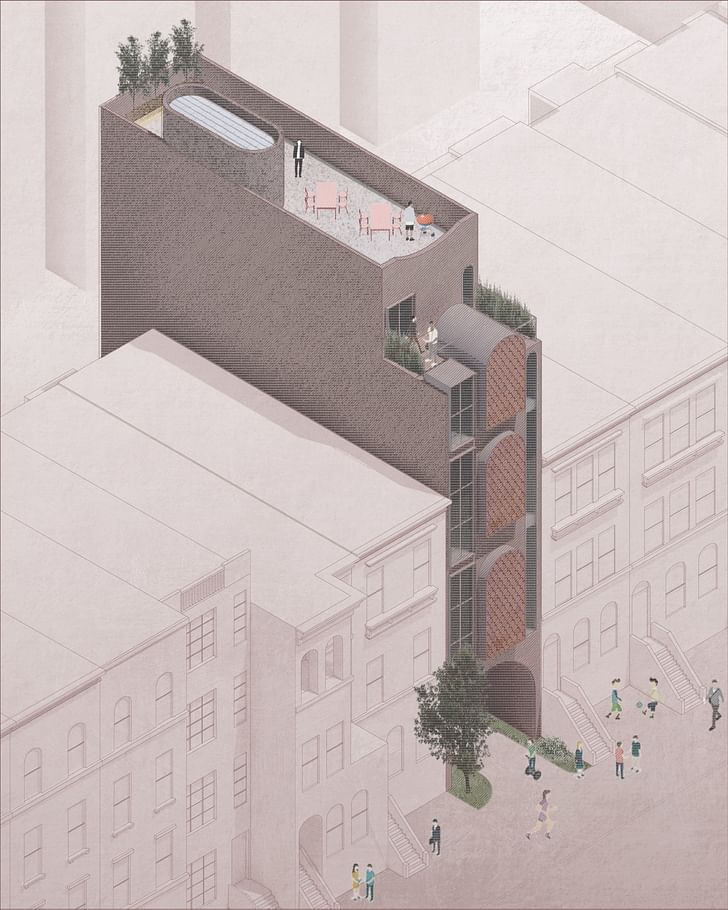
What prompted you to start your own practice?
Alessandro: I was at the end of my previous experience at Steven Holl Architects and I felt the need to participate in the discipline with my own ideas and identity. I also wanted to teach and I thought that having my own practice would have helped to define a field of explorations. It actually took a very long time to define what we were interested in and to establish our set of research topics.
Nick: I have always had an entrepreneur-like sensibility. I started my graphic design studio in 2007, so it was natural to join Architensions first, and then become a key person in the practice.
Is scaling up a goal?
Alessandro/Nick: Scaling up is not our primary goal. We would definitely like to expand on the variety of projects we are currently working on. Staying at a manageable size allows us to be involved in the process of research, design, and construction without compromising the humanity of the work environment.
Staying at a manageable size allows us to be involved in the process of research, design and construction without compromising the humanity of the work environment.
What are the benefits of having your own practice? Of staying small?
Alessandro: Having our own office allows me to concentrate on my own research, without compromising the vision. Being able to decide what factors are at play when choosing to work with a client allows us to take responsibility for the outcome. Staying small is a way to control the process, but also to maintain a level of humanity within the office. I think the critical threshold is 25.
Nick: I feel that having your own practice gives you a sense of responsibility. You have to teach and inspire others and yourself. You can never really give up on that. I find it exciting and challenging.
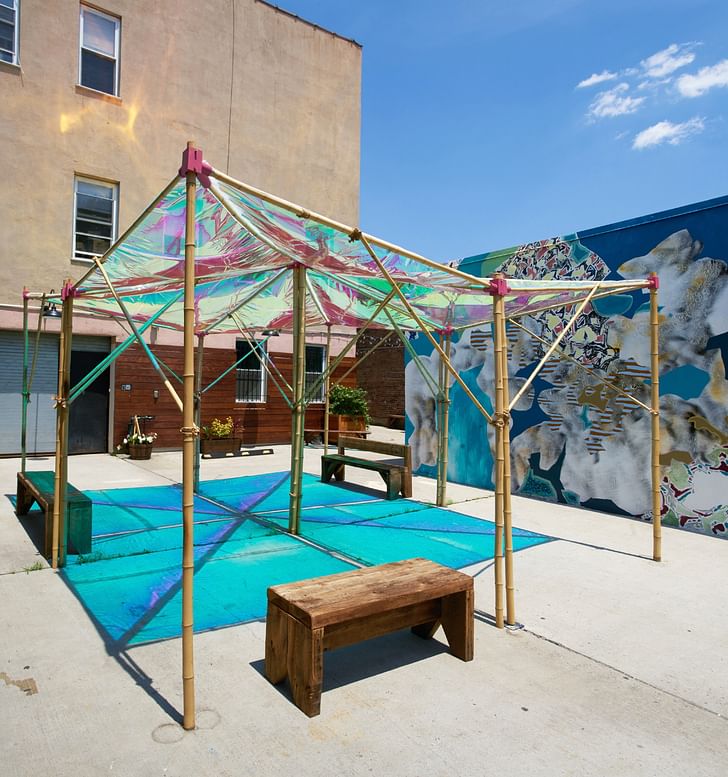
The more you define who you want to be, the more difficult it is to find the right projects you want to embark on. It becomes a question of identity and consistency with your values.
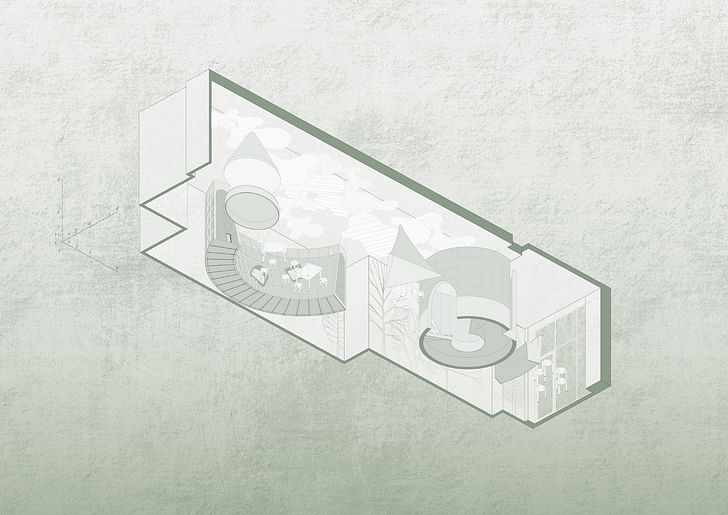
What have been the biggest hurdles of having your own practice?
Alessandro: It’s always hard to find the next project you would like to spend time doing. The more you define who you want to be, the more difficult it is to find the right projects you want to embark on. It becomes a question of identity and consistency with your values.
Nick: I am always thinking about the next thing while redrawing current and past projects. I agree that finding the right project is challenging and it has to do with a lot of things, the current socio-economical landscape and the type of research the office is doing being but a few of those factors.
Where do you see your firm in 5 years?
Alessandro/Nick: We hope to work on projects that are aligned with our idea that architecture should benefit the greater society. We also hope that the practice will have more projects in Europe, where it is easier to be more conceptual, more experimental, and more accepting of a different dimension of urbanism.

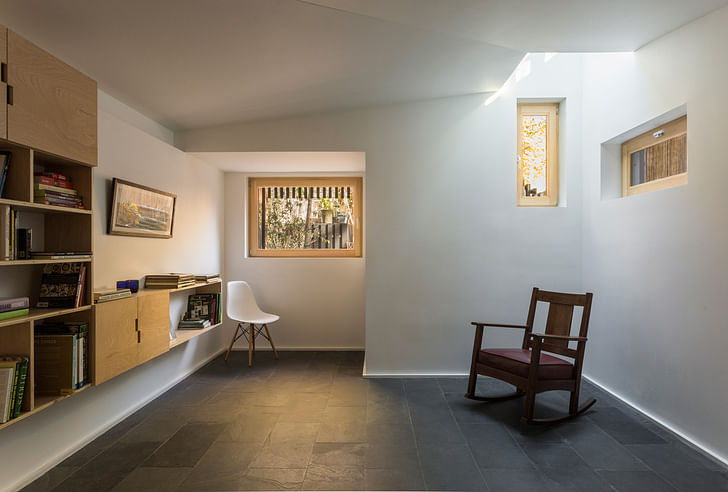
Do you have a favorite project? Completed or in progress.
Alessandro: I think while projects are in construction or design, they have a very emotional value for me, then I detach from them. I think it’s a form of facing the separation from the ownership that the process of creation brings. I’m very happy with small-scale projects we’ve completed such as the Writing Pavilion, with its very peculiar program narrative, but also our House on House in construction in Long Island. The project started as an investigation into American dwelling, looking into the Sears Home Catalogue, and arrivied at the conceptualization of what a single family house is today.
Nick: A completed project, Blurring Boxes, is still one of my favorites along with the shortlisted competition entry for the Ryde Civic Center in Australia. With Blurring Boxes, you have a project that people can experience in their ordinary everyday lives. Seeing the difficulties and magic of a dwelling, for me, is exciting. I feel that small-scale projects inform the large ones at human scale.
The Ryde Civic Center in contrast is a large-scale project created from a pure concept while ignoring some prescriptive rules. It was exciting to go to the second stage and further develop it. Aesop World Trade Center is another favorite, and a project that I led from concept to construction where it was difficult to realize the conceptual ideas given the restrictions of the site and the program.
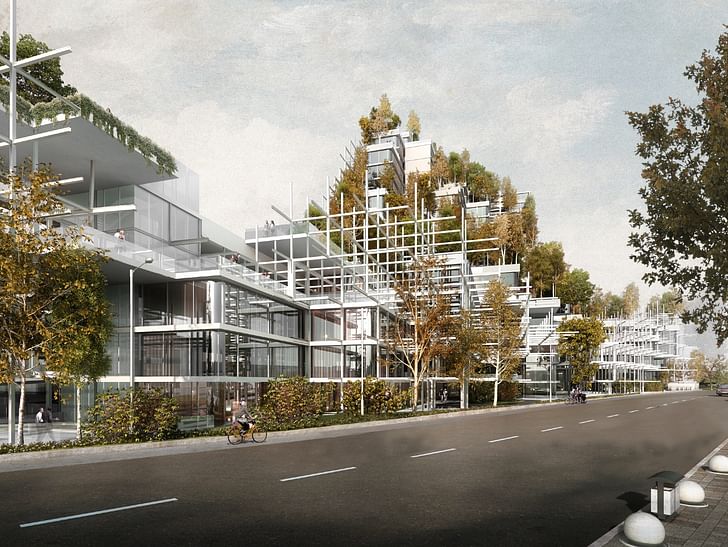
Your office is based in New York and Rome. Are there any similarities between these two cities that influence the studio’s design ethos?
Alessandro: I lived in Rome and we have a base there; every time I’m there, it's always inspiring. Rome, with its organic and porous urban fabric, is a place where the public space is essential to the life of the city. New York, instead, is very deterministic with its rational grid, where the role of the street is radically different. The Street of Rome is the expression of the collective, in New York the Street is related to the idea of shopping or connecting. Our practice learned from both, and that’s what we tried to crystalize in the book Forma Urbana, where the experience becomes the fifth dimension of architecture.
How does your work aim to highlight (and challenge) urbanism today?
Alessandro/Nick: We work at the intersection between theory and practice with the goal of connecting urbanism and architecture. We use our projects as a lens to observe urban conditions constructing narratives that produce fields of action for its architectures. For us there is not much attention to form but rather to content, which will eventually translate into geometry.
This is the basis through which we approach the city: focusing on the social behaviors and its interactions with the physical environment. In other words, we commit to the city as a project that wants to exist beyond the logic of capitalism, as a way to challenge urbanism.
We commit to the city as a project that wants to exist beyond the logic of capitalism, a way to challenge urbanism.
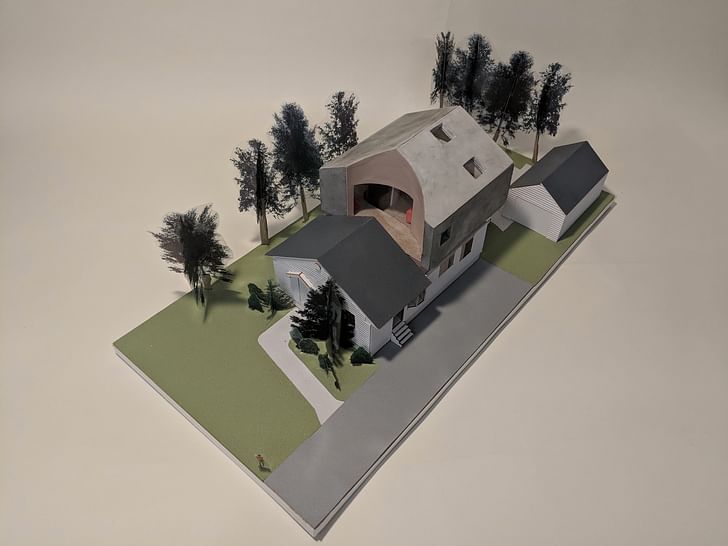
In your firm’s description, there’s a line that struck me as unique and quite topical: “The studio seeks to define fields of actions for the built environment reconnecting urbanism and architecture through spaces capable of establishing a narrative within the city and opposing the paradigm of architecture as a financial tool.”
Our office has interviewed many firms and it’s very rare that I come across a studio that includes this in their mission. There’s a sense of agency and responsibility that you two are trying to accomplish. Do you think firms similar to Architensions are doing a good job propagating a sense of agency with their work through social behaviors and architecture?
Alessandro: We are well aware that architecture today is slowly becoming a service-only industry. But we do not fully identify with it. We think design should be central to what we do at every scale. We feel responsible to commit to a much better idea of the city that benefits society, a model that goes back to Leon Battista Alberti. There are many examples around us in New York where developer-driven urbanization doesn’t work and doesn’t positively contribute to society. We want to embrace the city as a project that brings everyone together — not just the rich, but also the developer, the citizens — where the central role is played by the architect. We are not saying that this is the best way or the only one, but we like to embrace this also from an ethical point of view.
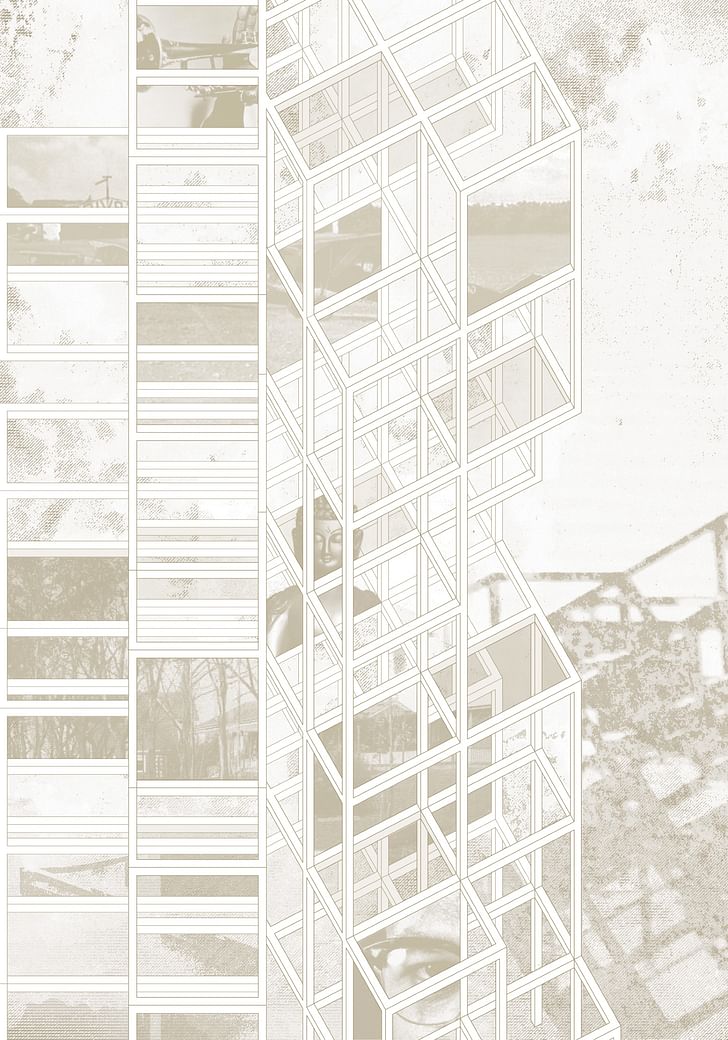
Coachella is a great opportunity to really focus on a research project and build it at the same time. [...] There are definitely challenges, given the architectural scale and complexity of the installation but we are responding and minimally altering the original concept.
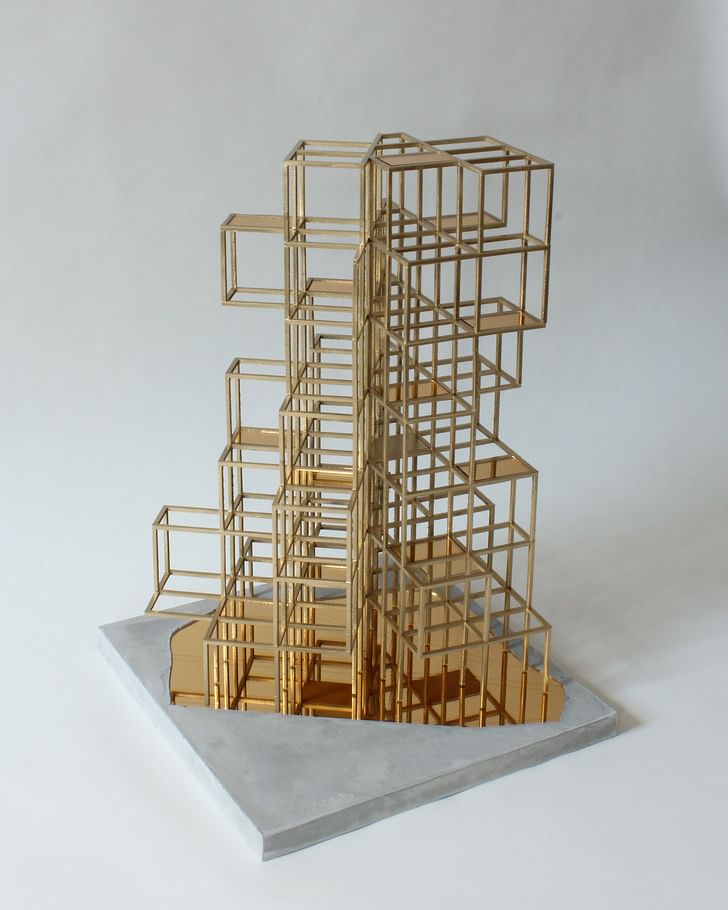
Congratulations on being one of Coachella’s 2020 installation artists! What has this experience been like so far? With the festival a few months away, are there any obstacles or challenges you’ve had to face? Can you share with us the process of landing this opportunity in such a recognizable festival?
Alessandro: Thanks. Coachella is a great opportunity to really focus on a research project and build it at the same time. We have been working with a very competent team of people on an installation that not only sticks to the original proposal, but is central to the process of finding the best tectonic solutions. There are definitely challenges, given the architectural scale and complexity of the installation, but we are responding and minimally altering the original concept. We started working on a proposal earlier this year when we received an invitation from the team at Coachella. Since then, we have been through a couple of iterations, and by the late summer, we had started to formalize the final design. We are grateful.
Nick: Coachella is very exciting for me. As a musician, I had the chance to perform at Coachella with LCD Soundsystem in 2016. To think that I am returning to Coachella with an installation and as a designer, I couldn’t have guessed it in 2016.
What does it mean to be an architect today?
Alessandro/Nick: We believe being an architect or a designer means embracing the complexity of our world without oversimplifying. We live in a multicultural world that we must read and interpret. Architects should stand against the divisive scenarios of class segregation and promote equality within society. We should address environmental issues through site specific design that allows for an understanding of historicized sites, with the idea of preserving the social fabric of our cities and its architectural artifacts. Architects can no longer avoid considering the consequences of their political stance when embracing a project.
If you could describe your work/practice in three words, what would they be?
Open, Collaborative, Rigorous.
Editor/Writer for Archinect + sister site Bustler. Leans toward: public interest design, illustration, graphic design, history, and general pop-culture geekiness, among other things. Enjoys a good bowl of noodles.
Katherine is an LA-based writer and editor. She was Archinect's former Editorial Manager and Advertising Manager from 2018 – January 2024. During her time at Archinect, she's conducted and written 100+ interviews and specialty features with architects, designers, academics, and industry ...
1 Comment
How refreshing to hear Alessandro Orsini and Nickolas Roseboro’s approach to architecture! They bring a freshness and a sense of principle to their work. And, they recognize the responsibility they have to contribute to our society and are staying true to their values.
Congratulations to both Alessandro and Nick for the honor of being chosen for the 2020 art installation at Coacella!
Rebecca K
Block this user
Are you sure you want to block this user and hide all related comments throughout the site?
Archinect
This is your first comment on Archinect. Your comment will be visible once approved.